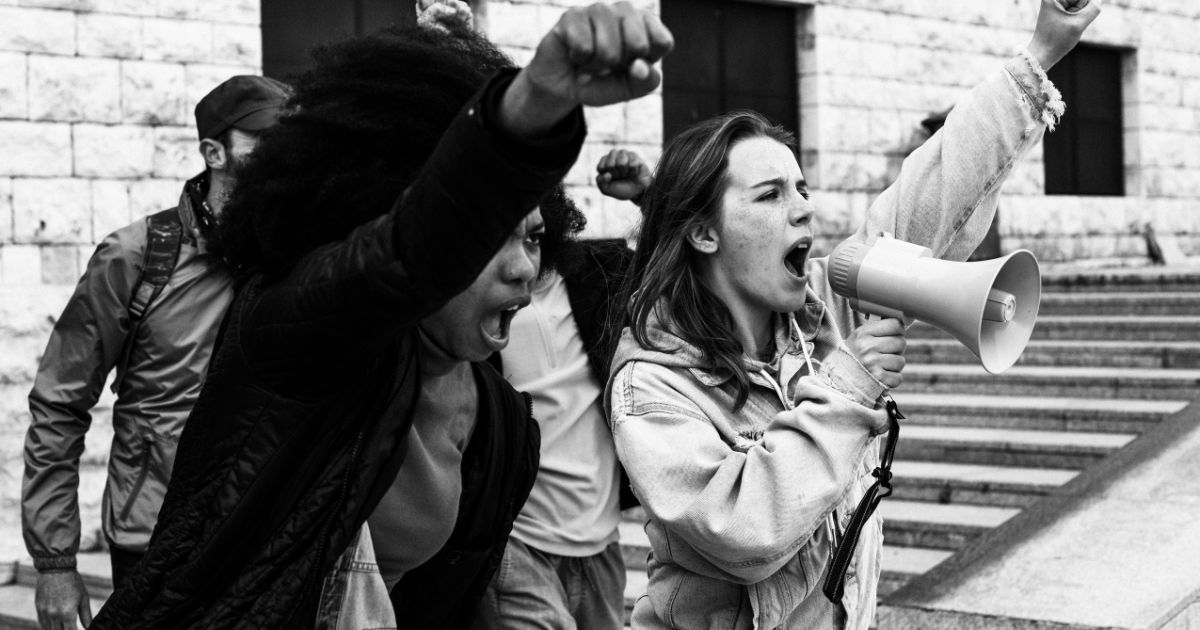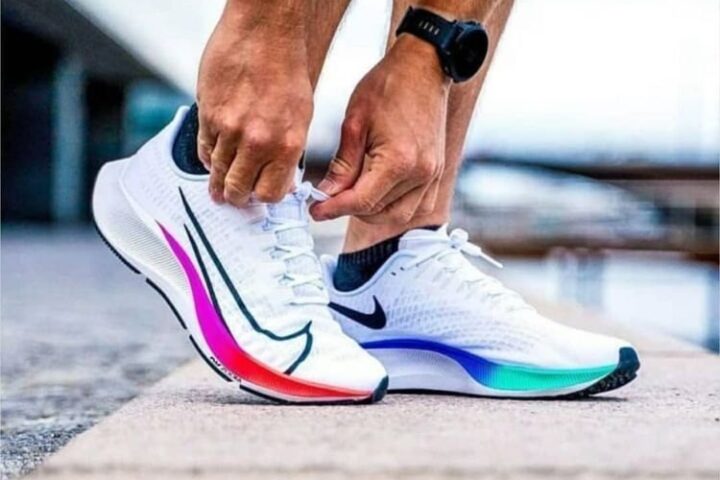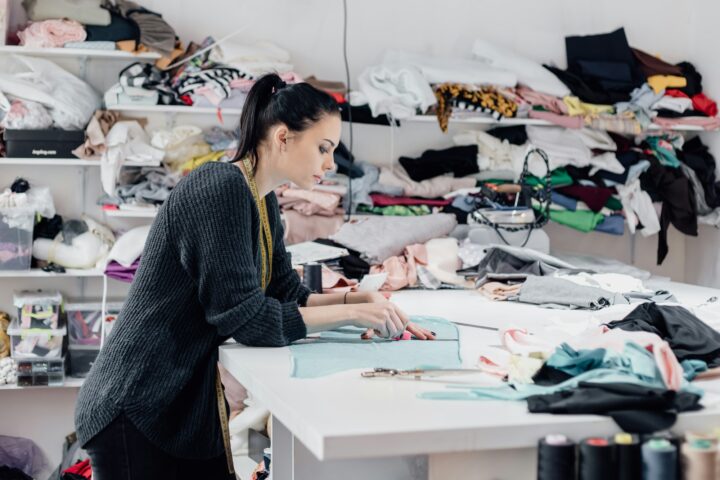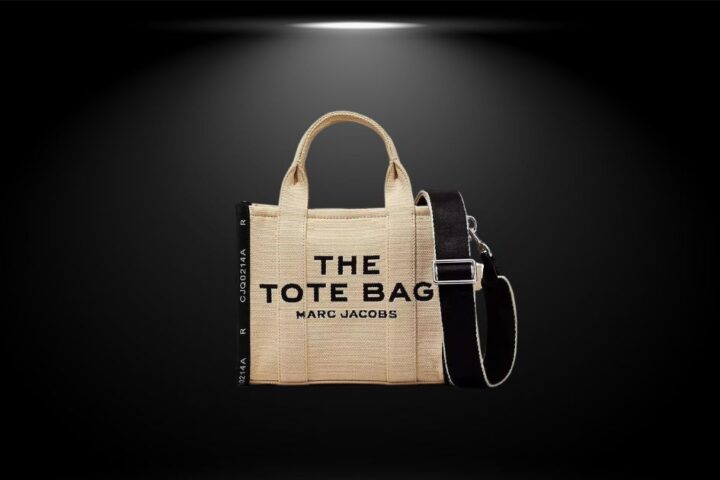Abstract
Fashion has been the largest industry since humankind decided to cover themselves up with leaves. How people would dress in a certain part of the world would differ vastly from what was worn in another part, growing with different cultural integrations, fashion soon became the statement that set one apart.
In the early tribes and small civilizations, chieftains would often be dressed differently than the commoner, though these
dresses were hardly pieces of personal choice and more on what the role dictated of that person. However, in more recent times, that kind of thinking has led to the creation of identity fashion, like Jordan for Nike. This Identity fashion now creates for itself, the largest market there is, youth. The modern youth love things on the double, shoes, socks, shirts and pants, everything within reach at all times. This has caused the entire supply chain to work overtime and this is where we see the rise in human rights violations.
With the market now becoming more educated, consumers now becoming more alert on where they get their products
from, it becomes vital for such brands to introspect and see where they are causing such violations.
Is it in their local factories, along their supply chain, in the factory of their supplier, does the concept of extended liability apply to fashion brands? If so then by how much? Even the fashion industry maintains an innocent façade, what is the reality remains the big question?
This assignment will seek to answer the question on why the fashion industry is a hotspot for all human rights violations
and where we can draw the line.
Introduction
The modern industry for fashion has an estimated market value of nearly 752.5 billion US dollars in 2020 with nearly 204 billion dollars coming from online sale. It is no secret that everyone wants to own some piece or article of clothing that best defines who and what they are. Such can extend from clothing to accessories and even outright purchasing of designs. However, this increased demand and consumer good relative market has created a strain on the supply chain that cannot be fulfilled through normal factory operations.
Low wages, child labor and even workplace endangerment, once thought of as archaic and outlawed practices still rage
on in the fashion industry in every level. If it isn’t the factory itself, then it’s the factory of the supplier.
More often than not, big fashion brands tend to have a limited liability model, wherein they will not accept any liability
beyond what is under their direct acquisition or control, however that would not be fair as the demand is created by the same brands which smaller suppliers violate human rights to meet the requirements. We cannot say that there is a legal violation of human rights by big fashion brands but that does not however, change the fact that there is some amount of influence that can cause the violations of the same by just simply demanding more product.
Then do we blame the consumers? We could, however that would not be a logical outcome, to blame the market for
something they want of their own freewill. The ownness on any product to be delivered ‘blood free’ is on the supplier and not the final consumer itself.
The problem with fast fashion
Fast fashion is a term used to describe the clothing industry’s business model of replicating recent catwalk trends and
high-fashion designs, mass-producing them at a low cost, and bringing them to retail stores quickly, while demand is highest.
Fast fashion runs on the simple principle of change. It changes every season, with every new material, design, pop culture
or socio-cultural evolution of mankind. It uses human emotion to be the greatest marketing cap that the world of business has ever seen. Introducing sales, exchange offers, price slabs and slashes that all befall the workers on the factory rollcall.
For example, in the Rana Plaza and Bangladesh case, wherein a building collapsed on the workers of five garment
factories which supplied clothing to big brands all across the work in Dhaka, Bangladesh. Though told on an earlier date to evacuate the building, the managers of the said workers convinced the workers that the building was safe while those unwilling were threatened with displacement and job security. Later that day, the entire building collapsed killing nearly 1100 workers and 2000 injured all in the pursuit of more product. An investigation later carried out, found that the factory itself had two illegal floors and was never designed for industrial use but for residential use. The machines used destabilized the work environment and collapsed the building itself.
Though the country faced numerous trade restriction and suspension of their benefits, the attitude continued to persist, and the top-down demand model would require it so.
The high demand conditions also raise another question, the concept of working hours and wage violations during and
after the covid 19 pandemic.
The AFWA (Asia Floor Wage Alliance), in India raised a complaint which asked H&M be held jointly liable for alleged
labor abuses that took place during the Covid at a supplier factory, where it claims the brand “has total economic control over the workers’ subsistence, skill, and continued employment”.
The report they released claims that though the national laws of the country are strong and workers rights are protected,
most workers do not have any access to the law itself. This combined with the fact of not being able to hold a secure job, living in fear has lead the factory managers to easily exploit, violate and secure only their interests at the cost of the workers.
H & M, being diplomatic neither accepted their liability in the same nor did they deny the allegation were false. Though
a legal recourse is far from a reality, the knowledge of existence of such violations is prevalent in the minds of such fashion houses. The problem with fast fashion therefore can be summarized into three parts –
- Excessive demand
- Ignorant attitude to worker’s plight
- Threatened job security.
Extended or joint liability on supply chain and raw material procurement
As under article 23 of the UDHR –
“Everyone has the right to work, to free choice of employment, to just and favorable conditions of work and to protection
against unemployment. Everyone, without any discrimination, has the right to equal pay for equal work.”
Therefore, protecting workers rights becomes a prerogative if human rights remain the goal for our society.
Though the H & M case has revealed that many fashion brands do partake in some form human rights violation, either
by direct or indirect involvement, the law is clear that it is only possible to hold those in charge of the factory to be held liable for the same. This de-centralized method has created a virtual safety net against legal, PR or any other form of checking. Though companies like H & M have vowed to further look into such circumstances, they rarely do so.
“Although it is our suppliers who employ the garment workers, we as a large company have a responsibility to do our
utmost to contribute to a good dialogue between trade unions and suppliers to help them come to an agreement if conflicts arise.” – H & M
The concept of joint liability in the fashion industry has taken notice due to the violative working conditions people were
subject to during the pandemic, as such many labour unions domestic and international are calling for legal action. They believe that it is the demand of one fashion house that causes all such violations. They do not blame the house but are asking them to have stronger contracts between the house and the factor / supplier that will require them to have better working conditions and iron clad rules on hours, wages and other protection for worker’s rights.
Another reason why we cannot successfully apply the principle of join liability comes down the very fact that no fashion
house that is involved in fast fashion produces its clothing domestically. They often outsource it eastern countries which have cheaper labor and more politicians to be bought with money. Nearly 97% of fashion items in the industry come from one of 5 countries including but not limited to – India, China, Thailand, Bangladesh, Vietnam and etc.
A closer examination of the Indian labor law system will reveal a very dichotomic view on the part of the Indian system. On one hand, you have the protection of the law, perfectly granted and available but only available to those who have the ability, resource and knowledge to attain it with the sacrifice required. This tall and humungous order which most people never take, leads to the perfect exploitative environment for the most mount of product.
Child labor and discrimination
Estimates suggest that about 16.7 million children between the age of 5 and 17 work in South Asia, and that approximately 10.3 million of them are under 15. The dire working conditions in the garment industry have a disproportionately higher impact on children’s development and health
Another very archaic but prevalent form of violation is the use of child labor in developing countries to meet demand
requirements. In the fashion and apparels industry for example, the use of mica is very common. It helps by creating a sparking effect on the applied body giving it a shiny look. Though mica itself is non toxic in nature, the nature of its procurement is, the biggest predators for this are India and Madagascar.
Mica harvesting in these two countries are notorious for the use of children in the procurement process, Bihar and Jharkhand in India are the most common states for the use of child labor where the law cannot reach.
According to reports published by the central government, over 22,000 children are employed in Mica factories under
false names, nonexistent records and are in some way the child of any parent already working there. The nature of harvesting Mica is also very dangerous, often requiring digging through narrow shafts and tunnels underground which are not built to last. Many children who are employed in this job often safe trauma due to the claustrophobic nature and the dark tunnels that can create lifelong trauma.
Apart from this, such mica operations also act as fronts for sexual exploitation of women and children even moving
towards human trafficking. Apart from this the working conditions do not look up either, often working from daybreak to sunset, an education and schooling is the least of their worries. Although India has among the strongest child labor laws, incessant corruption and profit mongers prevent the hands of justice from ever reaching such places.
Discriminations is an added bonus to the length of human rights violations that take place in such countries, it is estimated
that around 80% of every textile factor work force is women due to the nature of the job itself. This includes having them work in congested areas with their children, towards impossible tasks and suffering their wage cuts when such tasks are not achieved. Their workings hours can go well close to 15 hours a day with little to no break apart from meals which are also prepared by the workers themselves.
This large women work force has also created a great deal of opportunity for sexual abusers and harassers. It is reported
that more than 14% of the workforce get harrased on the daily while 60% have been intimidated with violence and verbal abuse on the daily, in Indian garment factories.
Yet they toil away, towards a future that they are very well trying to secure for their children so that they do not end up
the way their parents did.
The way forward / Conclusion
The best way forward would be honesty, education, and transparency. As the consumer base now grows smarter,
marketers have now under that the best way to market any product is not fake but to reveal the product itself. Consumers want to know what they are buying and at what cost does their purchase come that isn’t monetary. Companies such as Nike, Adidas, GAP, H&M and others have all now opted for an open platform where the factory details are all laid out for open inspection and examination by the consumer.
Beyond this companies have now begun to create explicit contracts that strong arm the factories into complying to actual
laws of the country including those laws that aren’t present in that country but are present in the home country of that fashion brand. Furthermore, most companies have made their supply chain data, readily available which allows the consumers to be a part of the experience while also allowing them to see that the terms of the new contract are taken seriously and followed to the letter. That ladies and gentlemen is the way forward.










